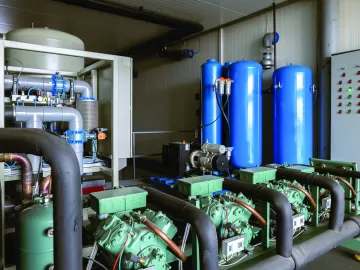Selecting Purity Levels with Onsite Nitrogen Generators
The useful and various properties of nitrogen (N2) in industrial applications rank it as one of the most specified gases in industry. For the manufacturer, nitrogen options exist in the choice of delivery system, compliance with clean air standards, safety and purity. In researching these choices, manufacturers can accurately select the optimum nitrogen supply required, often at a considerable savings. Selecting purity levels of 99.99% or higher in many industries and applications ads a variety of costs, both financial and efficiency, which may be needlessly incurred.




